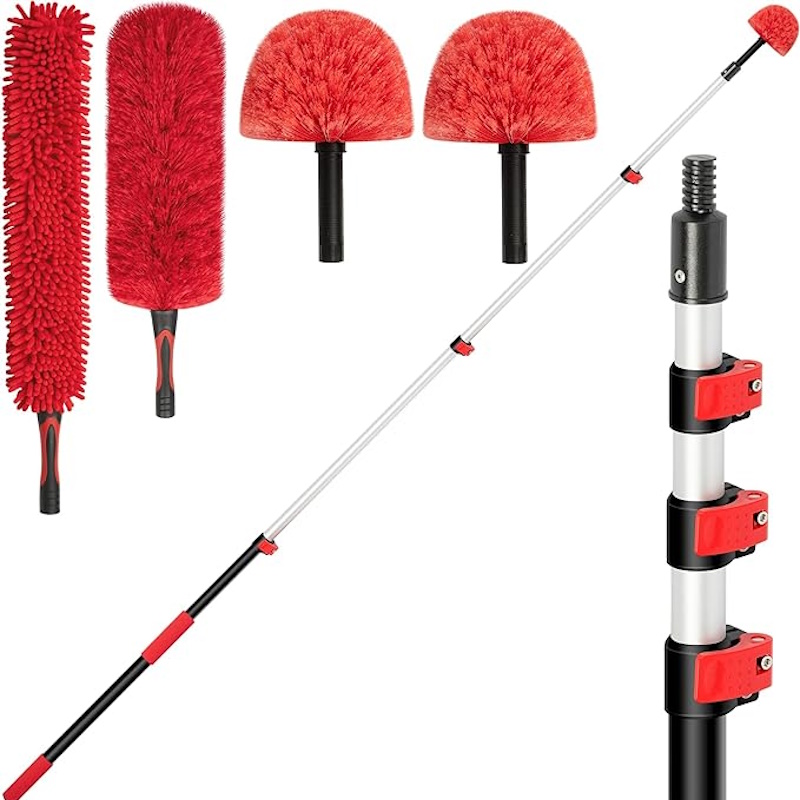'Flying' Joro spiders are visiting backyards across the US – here's how they might affect your plants
Can these intimidating critters with their huge webs harm our plants? Here's what experts have to say
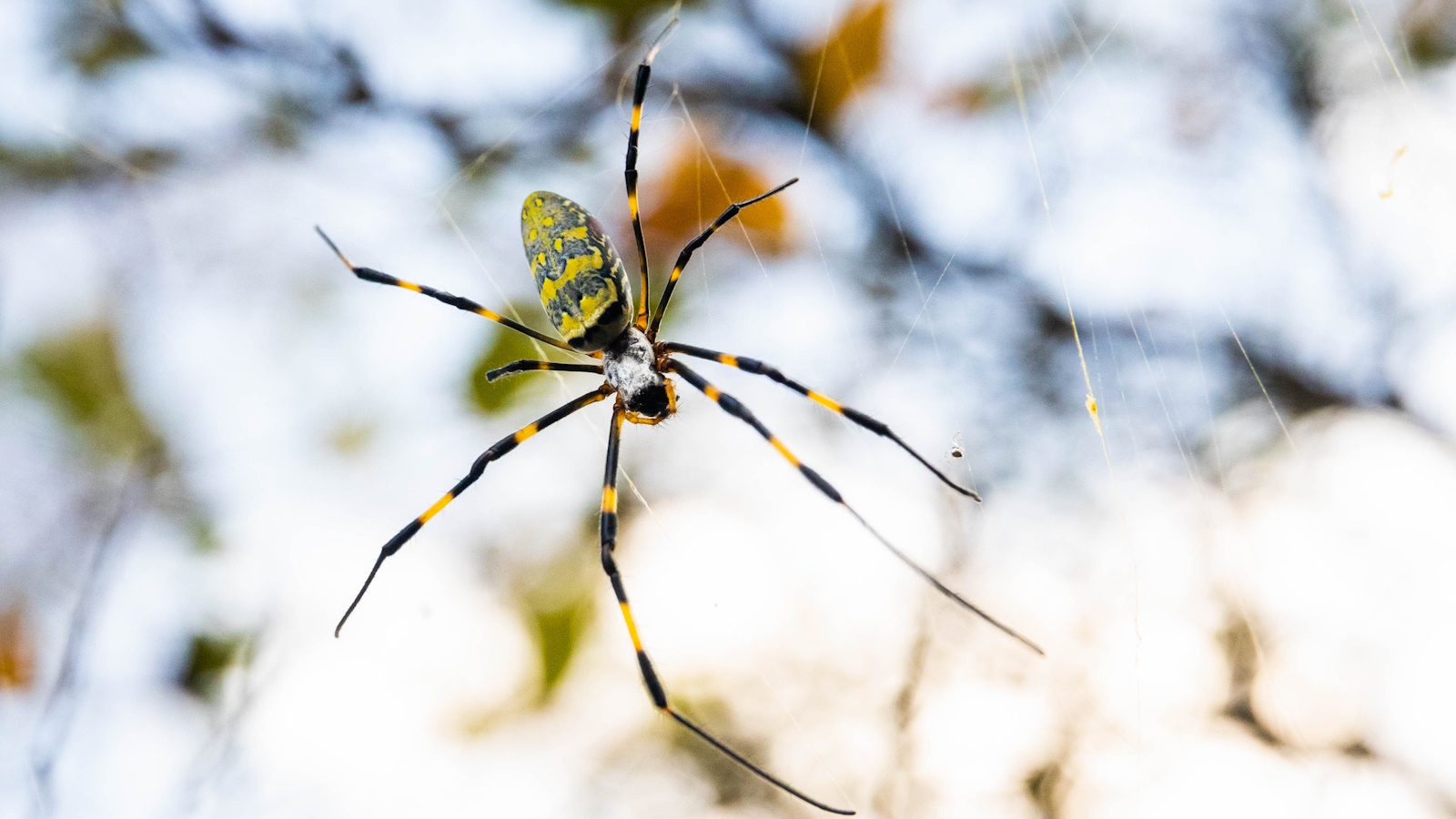

Joro spiders are the subject of much talk this month, as these giant yellow-patterned spiders are spreading along the East Coast of the US. This summer it is expected increasing numbers of these critters will be seen across southern and eastern states, making their way up to New York.
These spiders have an intimidating appearance, encouraging many to repel Joro spiders from their yard. 'Joro spiders are in the orb-weaver family and build giant webs,' explains Trevor Richard, entomologist and pest control expert at Fox Pest Control. 'The females grow to 3-4 inches (the size of the palm of your hand) and have yellow markings, while the males are much smaller and brown.' These spiders use their giant webs to catch wind and fly many miles at a time - hence being known as 'flying' spiders.
Joro spiders' webs can reach over six feet long, draping on trees and shrubs. But how do they affect our backyards, and should we concerned by their presence? Well, if you have created a garden for pollinators or have plenty of plants for pollinators in your yard, you might want to know about Joro spiders' feeding habits on other insects. Here's what experts say about how Joro spiders can affect plants.
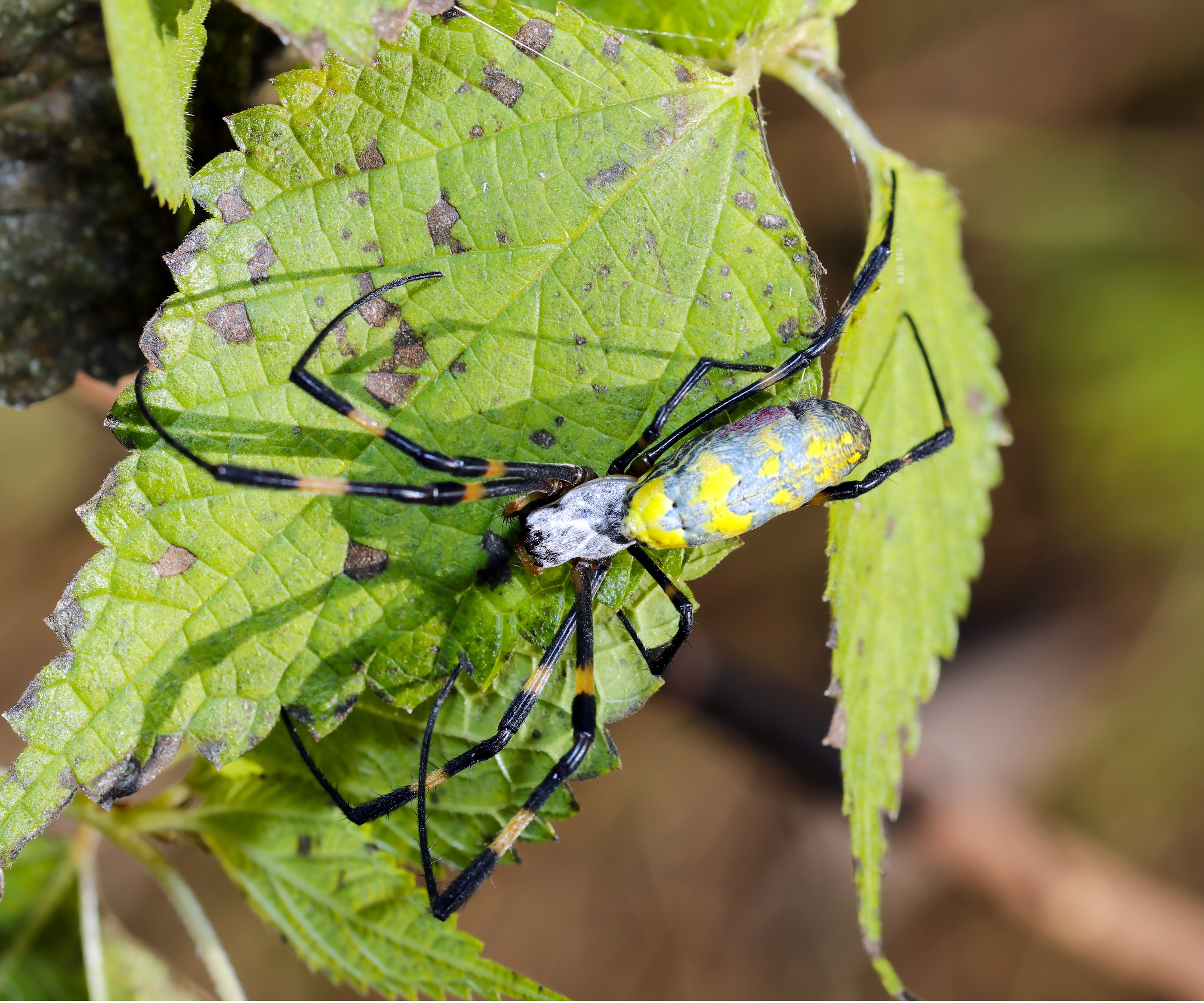
Will Joro spiders affect plants?
Experts say there's no need to be concerned about the direct impact of Joro spiders on plants, as these creepy crawlies tend to leave them alone.
'There isn't any evidence supporting Joro spiders affecting plants or trees. They are considered a nuisance due to spinning webs that can cover landscapes, but no damage to plants or trees has been reported,' says Trevor.
However, their feeding habits on other insects can have an indirect impact on your plants.

Trevor Richard is an Associate Certified Entomologist and Operations Training Instructor with Fox Pest Control.
Reduced pollinator numbers
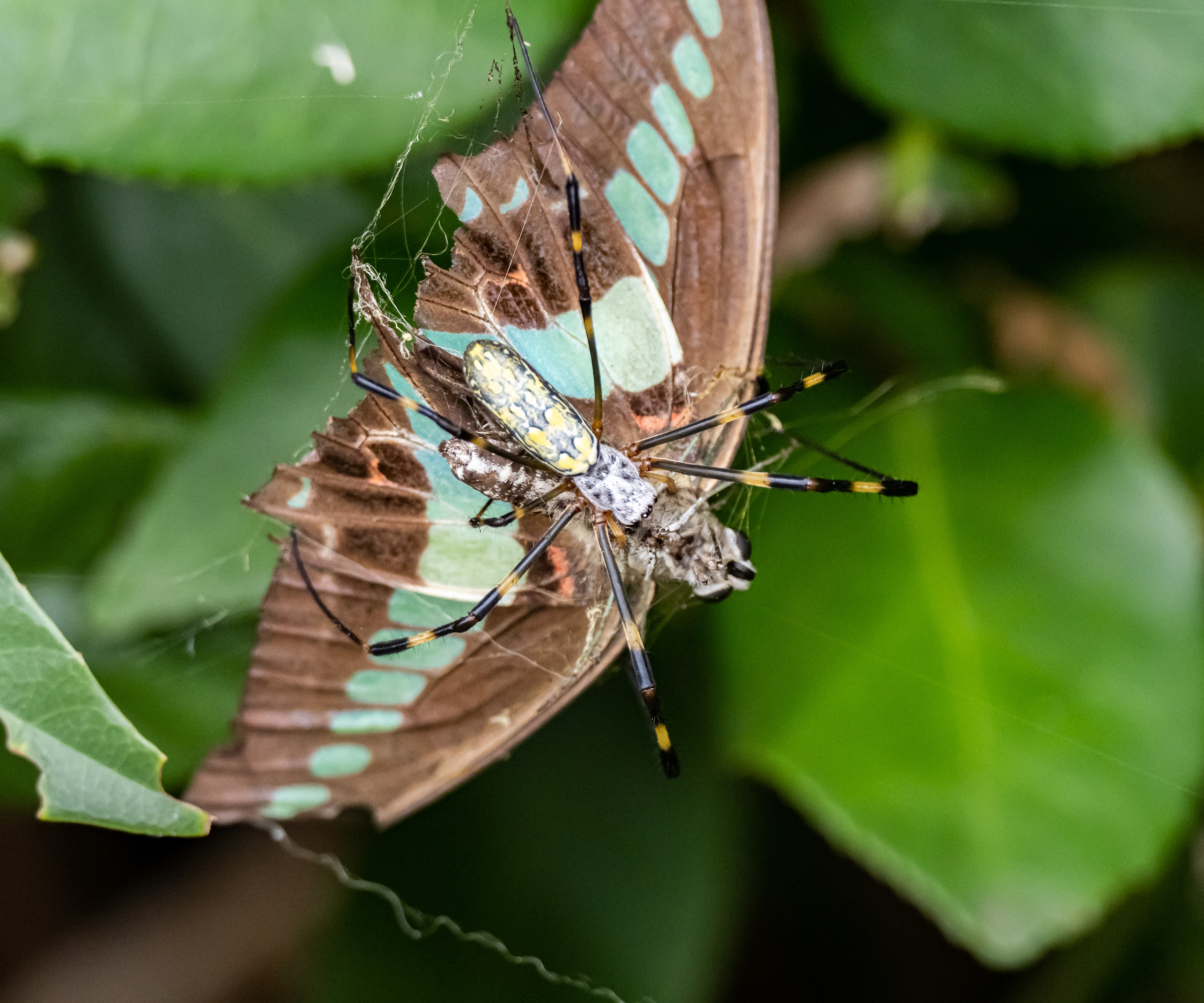
Pollinators are integral in helping plants to thrive and grow, which is why so many gardeners aim to attract butterflies and attract bees to their yards. However, these insects are exactly what Joro spiders are on the hunt for.
'Joro spiders aren't picky with what gets caught in their webs, so they do feed on pollinators like bees and butterflies,' says Allan Bossel, pest control expert and operations expert at BBE Bed Bug Exterminator.
Sign up to the Homes & Gardens newsletter
Design expertise in your inbox – from inspiring decorating ideas and beautiful celebrity homes to practical gardening advice and shopping round-ups.
Predation on pollinators from the increased populations of Joro spiders can affect the pollination of your garden plants. 'Plants can suffer from reduced biodiversity and poor health due to under-pollination leading to diminished numbers of flowers and fruits,' notes Allan.
However, experts do say that this shouldn't be a major concern as Joro spiders predominantly feed on other insects and help to get rid of mosquitoes and stink bugs.
The only other way the presence of Joro spiders may disturb your yard is through their giant webs. 'These webs do not directly damage most plants but serve as an annoyance to gardeners and ruin the natural look of your landscape. You don't want to walk into one of those webs while you're mowing your lawn,' says Allan.

Allan Bossel currently serves as an Operations Expert at BBE Bed Bug Exterminator, where his extensive experience in bed bug and pest control allows him to maximize BBE’s service potential. Having founded his own pest control business in Michigan, Allan’s background is rich with over a decade of professional pest extermination and lab work experience.
Get rid of Joro spider webs
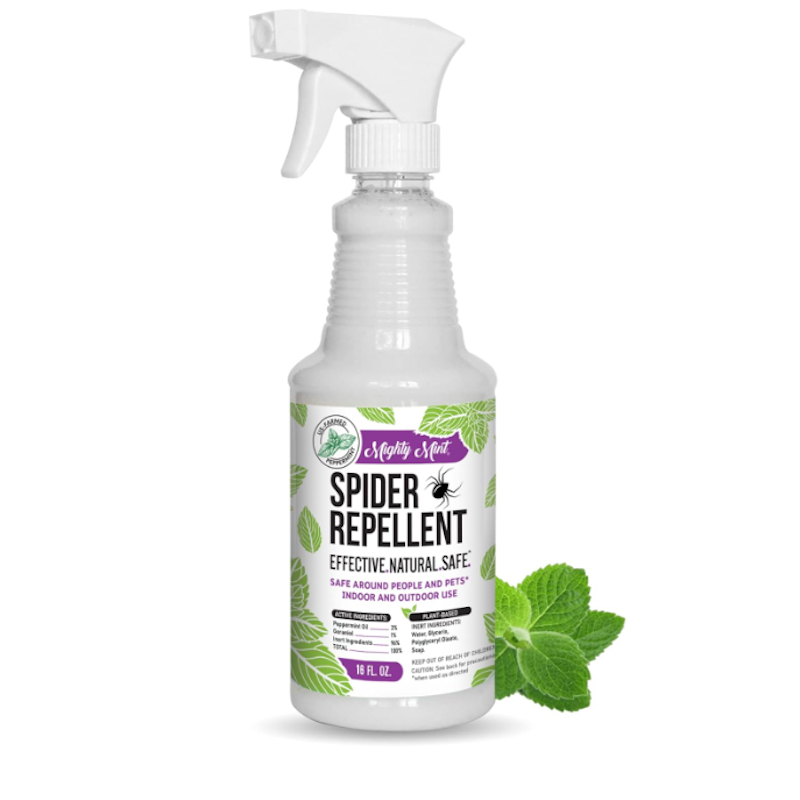
Spray this peppermint oil to repel spiders. It's made from natural ingredients and provides long-lasting protection.
FAQs
Do Joro spiders bite?
Joro spiders are orb-weaving spiders that target other small insects. Even though they appear quite large and their colors make them intimidating, these critters are not deemed dangerous to human health. This doesn't mean they won't bite, but they only have small mouth parts and will leave you alone if you leave them alone. If you are bitten by a Joro spider, experts say it will feel like a bee sting. However, you should always seek professional medical advice if you are concerned about any insect bites.
Joro spider populations are spreading along the East Coast of the US this summer, but there's no need to be too alarmed by the sight of these eight-legged critters.
They won't harm plant health directly but may reduce the number of pollinators in your yard. As a result, you might want to put some precautions in place to repel Joro spiders and keep spiders away.

Tenielle is a Gardens News Writer at Homes & Gardens. She holds a qualification in MA Magazine Journalism and has over six years of journalistic experience. Before coming to Homes & Gardens, Tenielle was in the editorial department at the Royal Horticultural Society and worked on The Garden magazine. As our in-house houseplant expert, Tenielle writes on a range of solutions to houseplant problems, as well as other 'how to' guides, inspiring garden projects, and the latest gardening news. When she isn't writing, Tenielle can be found propagating her ever-growing collection of indoor plants, helping others overcome common houseplant pests and diseases, volunteering at a local gardening club, and attending gardening workshops, like a composting masterclass.
-
 Martha Stewart's smart laundry room shelving makes exceptional use of every inch of wall space – it will turn your smallest area into an ultra-functional space
Martha Stewart's smart laundry room shelving makes exceptional use of every inch of wall space – it will turn your smallest area into an ultra-functional space'You can greatly expand the usability of your space by just installing some of these great shelving units': You can follow her technique for under $34
By Megan Slack Published
-
 Sick of white walls? My journey from minimalist to maximalist, one paint stroke at a time
Sick of white walls? My journey from minimalist to maximalist, one paint stroke at a timeWhat do you do if you’re bored with plain walls? If you’re me, you go full muralscape
By Sophia Pouget de St Victor Published
